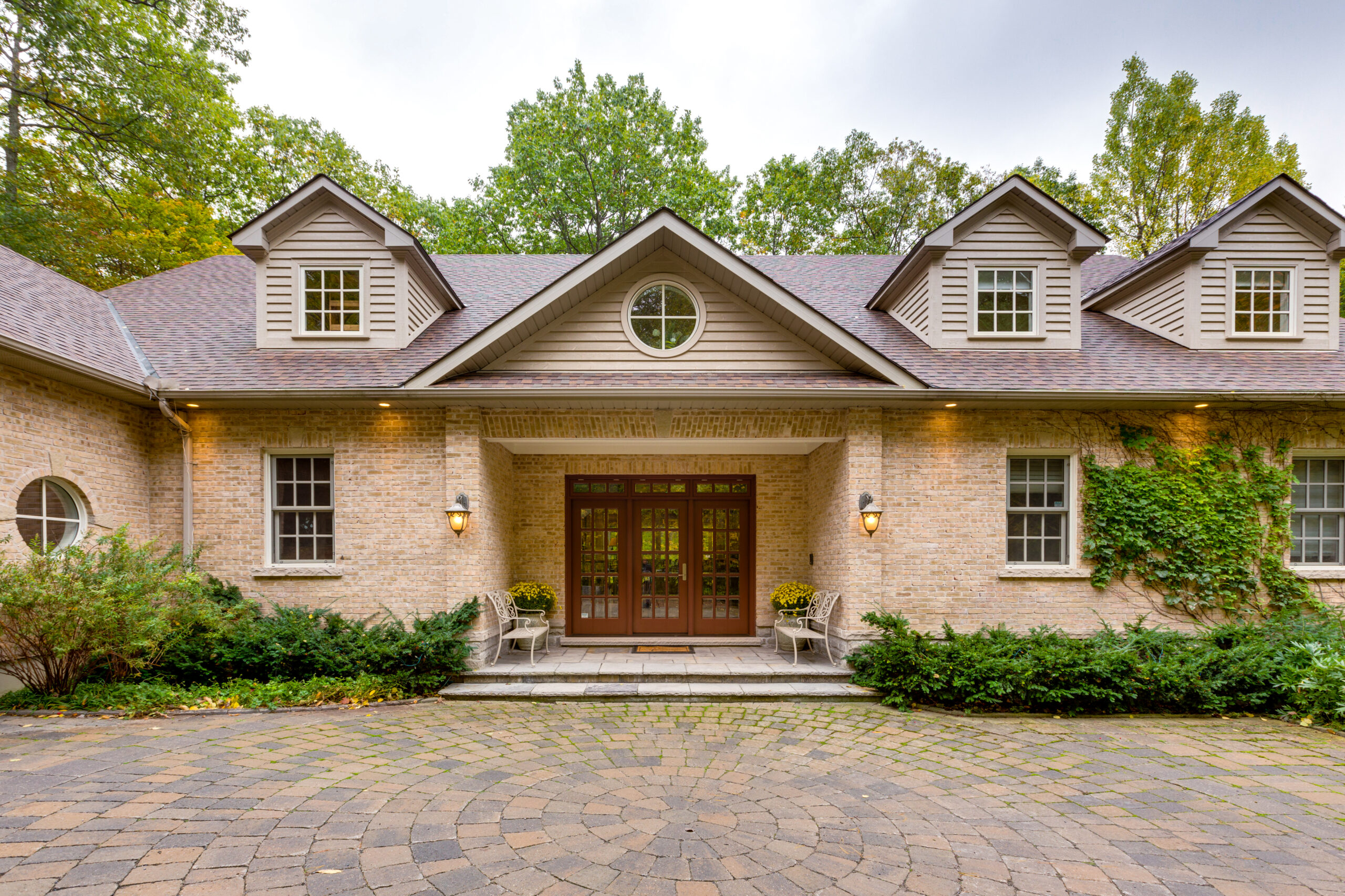Category: Real Estate
-

10 Important Considerations for Buying a House
A home is perhaps one of the largest investments you’ll ever make, which is why you need to keep important considerations for buying a house top of mind during the house-hunting process. As a first-time home buyer, whether you’re excited or intimidated about the process, there are several factors you want to consider. After all,…
